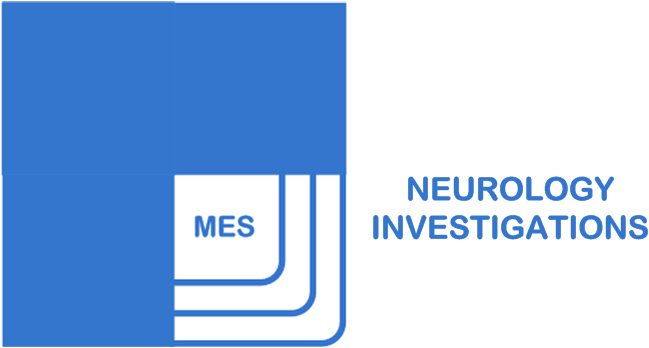Motor NCSs are performed by stimulating a motor or mixed peripheral nerve while recording the CMAP from a muscle innervated by that nerve. Standard anatomic locations of recording electrodes (and stimulation) provide reproducible potentials.
 For motor nerve conduction studies, the preferred method is belly-tendon recording. In this arrangement, active electrode (known as G1) is placed on the belly of the muscle and reference electrode (known as G2) on the tendon. The ground electrode is usually placed between the stimulating and recording electrodes.
For motor nerve conduction studies, the preferred method is belly-tendon recording. In this arrangement, active electrode (known as G1) is placed on the belly of the muscle and reference electrode (known as G2) on the tendon. The ground electrode is usually placed between the stimulating and recording electrodes.The nerve is stimulated at two or more points along its course. Typically, it is stimulated distally near the recording electrode and more proximally to evaluate its proximal segment. This is important, since for measurement of conduction velocity in motor conduction studies, single site stimulation may not be enough (see later).
Reference:
- Sethi RK, Thompson LL. The Electromyographer’s Handbook, Boston/Toronto: Little, Brown and Company, 2nd edition
- Aminoff, MJ. Electrodiagnosis in Clinical Neurology: Nerve conduction studies, New York: Churchill Livingston, 4th edition

No comments:
Post a Comment